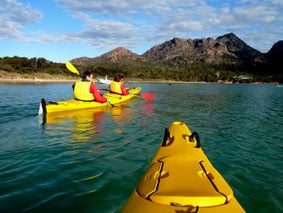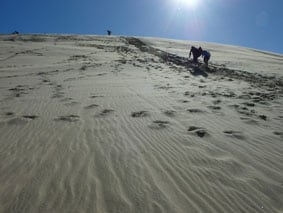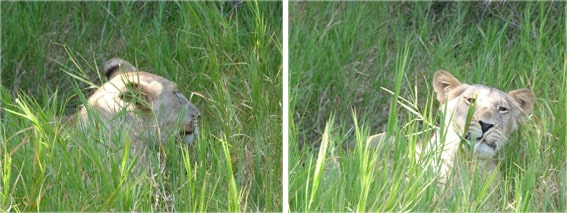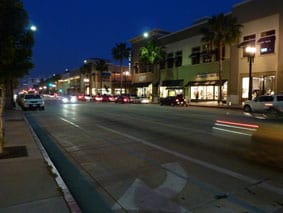The great news is you don’t need an expensive camera to take amazing photos, you just need a good eye. The other great news is with digital cameras and the ability to hit delete as soon as you take a duffer, you can experiment to your hearts’ content.
I have been travel writing and taking my own photos which are published with my stories in magazines, newspapers and websites around the world for 14 years. I have over 20,000 photos on my laptop – far too many to be safe! But I’m a keen amateur and have learnt a trick or two over the years.
Here are my top tips for taking great photos:
1. Time of day. The hour before sunset and after sunrise lights up even the most boring landscape with unbelievable colour. It’s also known as Magic Hour. Experiment at both ends of the day. Personally I love the sunset hour (and not just because I’m not a morning person!) Sand will become golden, white-out brightness will be gone, leaves on trees will pop. Wherever you are, grab your camera and hit the streets, the beach, the hills and snap till your memory card is full.
2. Use bold and bright colours. This is especially good if the background is fairly monotous – like the ocean or a grey day. This kayak, for example, works so well because it’s bright yellow. And use your zoom. I’m all about the zoom. I just bought a new camera (Panasonic Lumix FZ40) with a 25x zoom. I find the ability to zoom is more important than how many mega pixels you have. On a boring street you might catch a poster in a window or a brightly painted door.
3. Try new angles. We’ve all taken photos of landmarks using a wide angle and placing the object smack in the centre. Try being a little creative. Lie on the ground and shoot up the structure to the sky, tilt the camera so the shot is angled, zoom in on a small feature of cornice work. Crouch down and get the road in the forefront of a building or the shells on a beach.
4. Positioning the object. The usual rule of thumb is to put your horizon about one-third from the top. Don’t chop the frame in half with a horizon line. Also, try focusing on your object – whether it be a person, animal or building – then shifting the camera so they are now to the left or right of the frame.
5. Look around you. Be observant. Look for the unsual – a pair of undies hanging on a washing line out of an apartment window against a background of neon signs, as is often seen in Hong Kong. A cat curled up beside a bicycle; reflections in water or even in glass sky scrapers can make amazing shots.
6. Children and animals. The reason I bought my latest camera was so I could zoom in ridiculously close to take pics of wildlife. But they’ll never look great unless that animal is making eye contact back at you. Compare these two…
You need to be patient and quite possibly make a dick of yourself trying to get its attention, but you’ll be rewarded when you do. A child is never as cute as when she looks straight down the lens. But also keep this in mind for crowd shots. It’s so easy to take pics of busy streetscapes only to get home and realise the crowd all seems to be walking away from you. Make sure you wait until you get some faces not backs of heads.
7. Night photography. Buy one of those tiny tripods that you can slip into your handbag and try some night photography. If I don’t have my tripod handy, I lean my camera on something solid like a lamppost or fence railing. Even the most basic of digital cameras will have settings to capture the mood of night lights and traffic.
8. Scale. It’s tempting when on a perfect idyllic island, for example, to just take photos of the scenery, but adding people in your shot adds perspective and a bit of movement and life. Also, if you’re in front of a massive building or tree (aka Tane Mahuta) you’ll need people in there just to show the sheer magnificence.
If you’ve found this article helpful, please Tweet it!!







